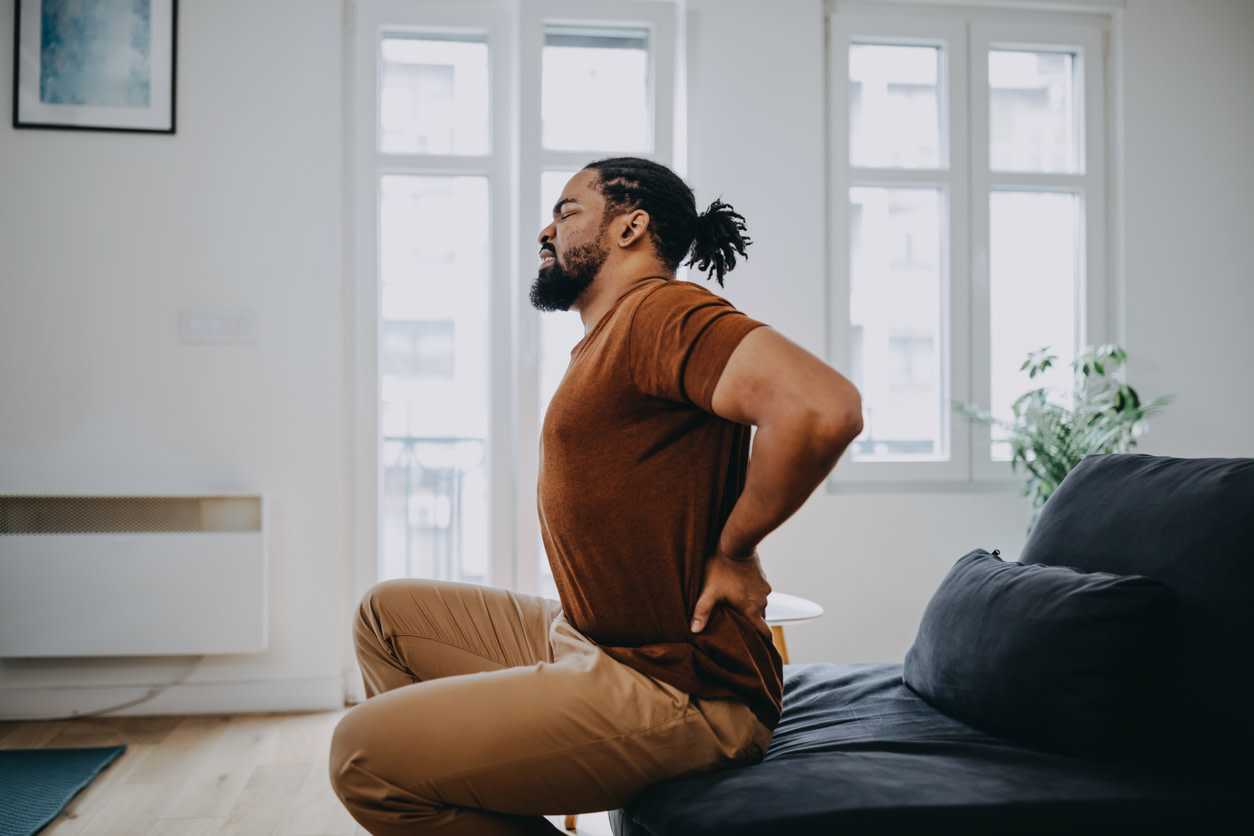Thrown out back: exercises and tips to recover
Throwing out your back can really throw off your daily routine. Here’s how to treat a thrown out back, according to our physical therapists.
0 $ pour vous
Dernière mise à jour : Mar 28, 2025
Table des matières
Fully covered back pain relief
Find relief from lower back pain, a thrown out back, sciatica, & more.
Check if I'm eligibleExercises for when you throw out your back
Want expert care? Check if you're covered for our free program →- Standing Child's Pose
- Hip Flexor Stretch
- Sit to Stand
- Banded Side Steps
